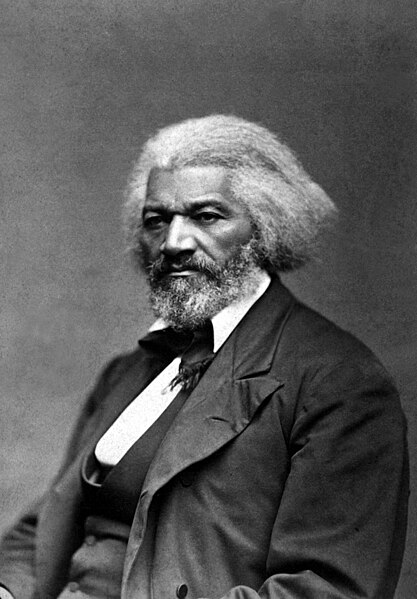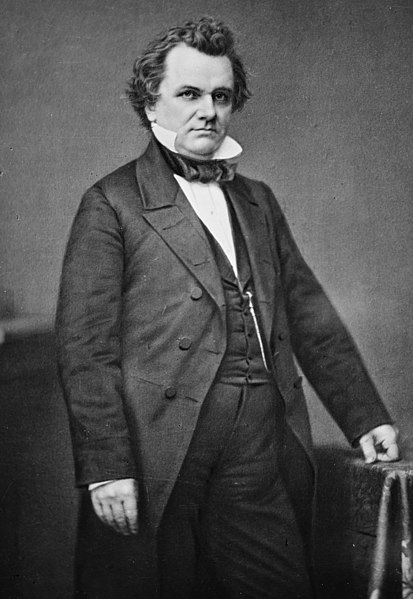The Compromise of 1850 was a package of five separate bills passed by the United States Congress in September 1850 that temporarily defused tensions between slave and free states in the years leading up to the American Civil War. Designed by Whig senator Henry Clay and Democratic senator Stephen A. Douglas, with the support of President Millard Fillmore, the compromise centered on how to handle slavery in recently acquired territories from the Mexican–American War (1846–48).approved California's request to enter the Union as a free state
strengthened fugitive slave laws with the Fugitive Slave Act of 1850
banned the slave trade in Washington, D.C.
defined northern and western borders for Texas while establishing a territorial government for the Territory of New Mexico, with no restrictions on whether any future state from this territory would be free or slave
established a territorial government for the Territory of Utah, with no restrictions on whether any future state from this territory would be free or slave

The United States Senate, A.D. 1850 (engraving by Peter F. Rothermel): Henry Clay takes the floor of the Old Senate Chamber; Vice President Millard Fillmore presides as John C. Calhoun (to the right of Fillmore's chair) and Daniel Webster (seated to the left of Clay) look on.
Image: Compromise of 1850, (Page 1of 6) (5286033930)
Image: Compromise of 1850, (Page 2 of 6) (5286034754)
Image: Compromise of 1850, (Page 3 of 6) (5285438241)
The American Civil War was a civil war in the United States between the Union and the Confederacy, which had been formed by states that had seceded from the Union.
Frederick Douglass, a former slave, was a leading abolitionist
Sen. Stephen A. Douglas, author of the Kansas–Nebraska Act of 1854
Sen. John J. Crittenden, of the 1860 Crittenden Compromise
Ambrotype of two unidentified young boys, one in blue Union cap, one in gray Confederate cap (Liljenquist collection, Library of Congress)








